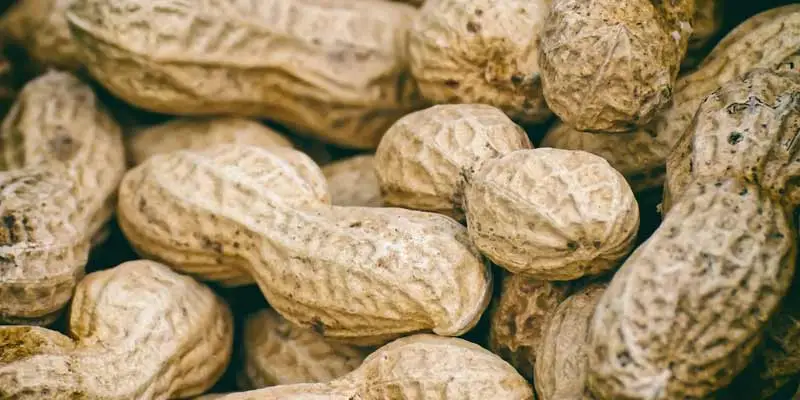Peanuts are a great addition to any garden. They offer good nutrition for your soil and can be used as food for both humans and pets alike. Peanuts have a long growing season, which means that the plants will be present in your garden from spring through fall! However, harvesting peanuts is not always an easy task.
When To Harvest Peanuts
When you’re ready to harvest your peanuts, it’s important to know when they’re ready. Peanuts should be harvested when the pods are mature. The ideal time is when they are green, brown, or yellow. When you gently squeeze the pod between your fingers, it should feel plump and firm. If you pull back on the pod and it snaps off easily from its stalk inside the soil level with the soil surface; this means that your peanuts are ripe for picking!
When Is The Best Month To Harvest Peanuts?
When you grow peanuts, you want to harvest them when they are ready and not before. Peanuts are ready when the pods have turned brown and dried up. It is important to wait until they are fully dried out because if they are harvested too early, they will be more susceptible to disease and may not produce as many nuts.
The best month to harvest peanuts depends on where you live, but generally speaking, it is between September and October in most regions of the United States.
September is usually the best month for harvesting peanuts because it gives the plants time to mature while also allowing enough time for any late-summer storms to pass through without damaging your crop. You should also be able to plant a new crop of peanuts within three months or less after harvesting your current crop so that you do not have too much downtime between harvests.
Can You Harvest Peanuts Too Early?
Yes, you can harvest peanuts too early. Peanuts are actually one of several legumes that taste the best when they’re harvested while still green.
Some types of peanut plants produce pods with a single seed, and others produce pods with two seeds. Single-seed varieties are generally preferred by growers because they produce higher yields, but they also have more time to mature before harvest.
These plants take about five to seven months to reach maturity and start producing pods. Double-seed varieties take about three months to reach maturity and start producing pods.
If you harvest your peanut plants before they’ve matured enough, the peas inside the pods won’t be as flavorful or nutritious as they would be if left on the plant until it was fully grown.
The flavor of the peanut depends on when it is harvested, as well as how long it’s stored before eating.
How Long Can Peanuts Stay In The Ground?
Peanuts take an average of about four to five months for them to mature.
However, if you’ve forgotten them and it’s been 6 months or more, the pegs will become brittle and the pods will break off. This will make harvesting them difficult.
How to Harvest Peanuts
When harvesting peanuts, you have a couple of different options.
However, the easiest way to harvest peanuts is to pull up entire plants and lay them out on tarps in full sun for two or three days until most of the pods have dried out completely.
If you have large plants, use garden shears to cut them off at the base of the stem instead of pulling them up by hand or using a bucket loader or tractor bucket to remove them from their roots while they are still green and moist inside.
Storing Peanuts After Harvesting

Peanuts are a crop that can be stored in a shell or shelled. There are several ways to store them which includes:
In-ground storage – Peanuts can be stored in open-air bins, covered with plastic sheets and tarps. This method allows for aeration and ventilation but does not prevent moisture from entering the bin.
Underground storage – This method involves storing peanuts in an underground silo or pit. While this method keeps moisture out of the peanuts, it also limits air circulation around them and can lead to mold growth.
In bags – Peanuts can be stored in bags that have been specially designed for long-term storage purposes. These bags include barriers against moisture, oxygen, and pests as well as special liners that allow air through but prevent any light from entering the bag.
Conclusion
Harvesting peanuts is a relatively easy process, but it’s important to make sure you do it at the right time. Harvesting too early can result in an inferior product and harvesting too late could lead to a loss of quality. The best way to ensure your peanuts are ready for harvest is by watching their color and texture as they change over time. It may take some practice before you can tell exactly when your peanuts are ready for picking but once you get the hang of it, harvesting will become second nature!


